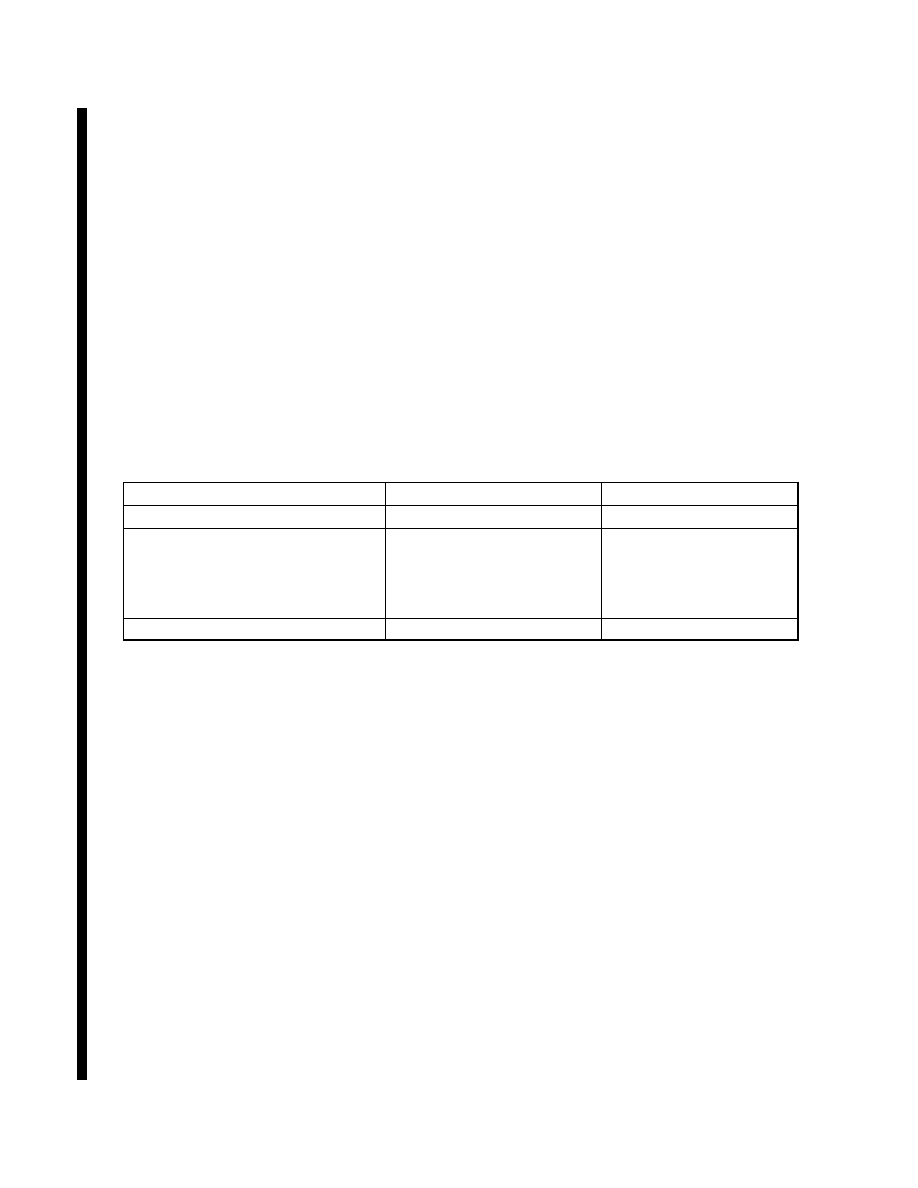
AIM
4/20/23
2.
If equipped with a radar beacon transponder (civil) or IFF/SIF (military):
(a)
Continue squawking assigned Mode A/3 discrete code/VFR code and Mode C altitude encoding when
in radio contact with an air traffic facility or other agency providing air traffic services, unless instructed to do
otherwise.
(b)
If unable to immediately establish communications with an air traffic facility/agency, squawk Mode
A/3, Code 7700/Emergency and Mode C.
3.
Transmit a
distress
or
urgency
message consisting of
as many
as necessary of the following elements,
preferably in the order listed:
(a)
If distress, MAYDAY, MAYDAY, MAY
−
DAY; if
urgency
, PAN
−
PAN, PAN
−
PAN, PAN
−
PAN.
(b)
Name of station addressed.
(c)
Aircraft identification and type.
(d)
Nature of
distress
or
urgency
.
(e)
Weather.
(f)
Pilots intentions and request.
(g)
Present position, and heading; or if
lost
, last known position, time, and heading since that position.
(h)
Altitude or flight level.
(i)
Fuel remaining in minutes.
(j)
Number of people on board.
(k)
Any other useful information.
REFERENCE
−
Pilot/Controller Glossary Term
−
Fuel Remaining.
b.
After establishing radio contact, comply with advice and instructions received. Cooperate. Do not hesitate
to ask questions or clarify instructions when you do not understand or if you cannot comply with clearance. Assist
the ground station to control communications on the frequency in use. Silence interfering radio stations. Do not
change frequency or change to another ground station unless absolutely necessary. If you do, advise the ground
station of the new frequency and station name prior to the change, transmitting in the blind if necessary. If
two
−
way communications cannot be established on the new frequency, return immediately to the frequency or
station where two
−
way communications last existed.
c.
When in a distress condition with bailout, crash landing or ditching imminent, take the following additional
actions to assist search and rescue units:
1.
Time and circumstances permitting, transmit as many as necessary of the message elements in
subparagraph a3 above, and any of the following that you think might be helpful:
(a)
ELT status.
(b)
Visible landmarks.
(c)
Aircraft color.
(d)
Number of persons on board.
(e)
Emergency equipment on board.
2.
Actuate your ELT if the installation permits.
3.
For bailout, and for crash landing or ditching if risk of fire is not a consideration, set your radio for
continuous transmission.
4.
If it becomes necessary to ditch, make every effort to ditch near a surface vessel. If time permits, an FAA
facility should be able to get the position of the nearest commercial or Coast Guard vessel from a Coast Guard
Rescue Coordination Center.
6
−
3
−
2
Distress and Urgency Procedures